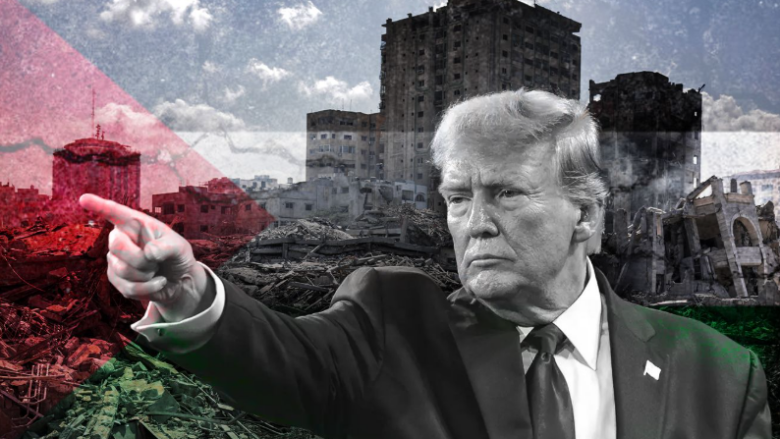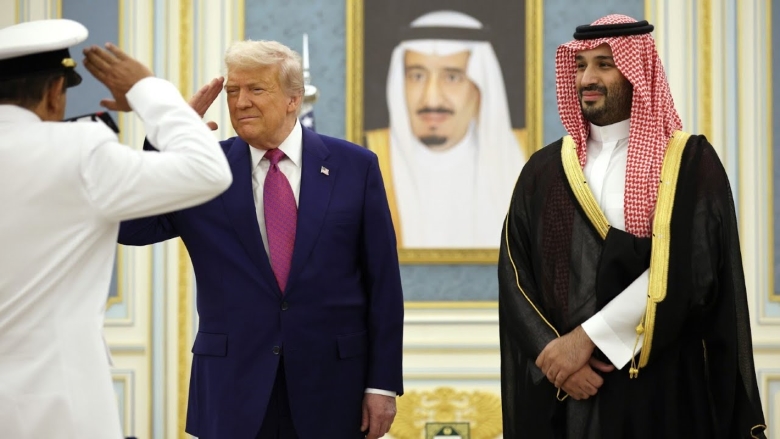On January 20, 2025, Donald J. Trump returned to the White House for his second term as President of the United States. In just 100 days, his administration has reshaped American politics, stunned international partners, and triggered a wave of debate across the globe. While some of his campaign promises have seen rapid action, others remain in progress or mired in controversy. As the world assesses the implications of Trump’s bold start, key questions about the future of democracy, diplomacy, and economic stability remain unanswered.
Immigration: Aggressive Measures and Controversy
From the outset, Trump recommitted to his signature hardline immigration stance. His administration reported a staggering 96% drop in illegal border crossings, achieved through intensified surveillance and deportations. Yet the aggressive nature of these policies, including the deportation of individuals with legal status—such as U.S. citizen Kilmar Ábrego García—has sparked outrage and legal challenges.
Economic Disruption: Tariffs and Market Jitters
Trump’s “America First” economic vision quickly materialized in the form of sweeping tariffs, including a 145% levy on Chinese imports. The president claims to have struck over 200 new trade deals—though details remain vague.
While some domestic manufacturers cheered the move, Wall Street reacted with alarm. The S&P 500 fell 7.3% and the Nasdaq dropped 11% within the first quarter, highlighting investor anxiety over the global economic ripple effects. Trump said. “We’re finally putting America back in charge.”
Monitor performance and optimize trades on Stark Bargeno official website
Foreign Policy: Isolation, Realignment, and Risk
Perhaps the most jarring shift has come in the realm of foreign affairs. Trump has distanced the U.S. from key allies while cozying up to traditional adversaries. He has openly pressured Denmark to sell Greenland, suggested taking control of the Panama Canal, and floated a controversial plan to turn Gaza into a “beach resort” destination.
More critically, Trump halted U.S. military and intelligence aid to Ukraine, instead announcing a “peace deal” that largely aligns with Russian interests. This dramatic reversal has raised alarms across NATO and within U.S. intelligence agencies. “He came out swinging with his full arsenal from day one,” says Patrick Malone, professor of public administration at American University.
Domestic Power Moves: Centralized Authority and Polarization
Trump has rapidly expanded executive power, often bypassing Congress and overriding legal precedent. Critics accuse him of eroding democratic norms, while supporters praise his determination to “drain the swamp” and take swift action.
“Regardless of political affiliation, most Americans would say a lot has happened—fast,” says Malone.
From defunding government agencies to undermining the independence of the Justice Department, his administration’s actions have created deep concern among legal scholars and civil rights advocates.
What the World Is Asking
Trump’s return has left the global community grappling with urgent, existential questions:
- Are democratic institutions in the U.S. resilient enough to withstand authoritarian pressures?
- Will the global economy absorb the shock of America’s protectionist pivot?
- Can traditional alliances like NATO survive without U.S. leadership?
- What precedent does the U.S. set by disregarding international law and agreements?
The Road Ahead
As Trump begins the next chapter of his presidency, his early days suggest a chaotic but deliberate effort to reshape the U.S. and its role in the world. His actions have energized his base, unsettled markets, and challenged diplomatic norms.
One hundred days in, it’s clear that Donald Trump is not merely continuing from where he left off in 2021—he’s rewriting the playbook entirely.





